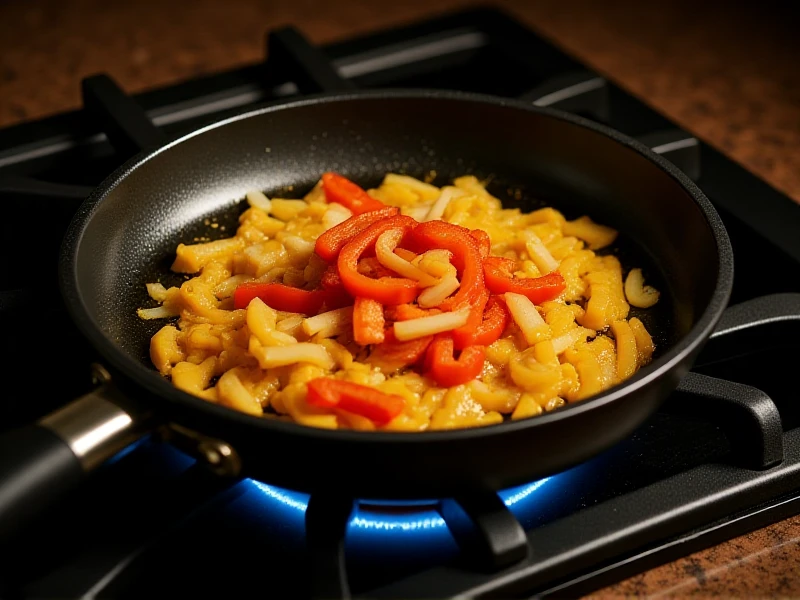
Why the Perfect Frying Pan is Your Kitchen's Secret Weapon
Okay, here is an original SEO article focusing on "frying pan" while avoiding AI markers, using a personal, knowledgeable tone:
Let's be honest: most meals start in one pan. Pancakes for Sunday breakfast, a quick stir-fry on a busy Tuesday, or searing that perfect steak – the humble frying pan is the workhorse you reach for constantly. But grabbing any random pan off the shelf won't cut it for long. Finding your ideal pan transforms cooking from a chore to a genuine joy. It’s the unsung hero, the tool that quietly elevates every meal it touches, deserving a bit more thought than it often gets.
So, what separates a mediocre frying pan from a truly great one? It boils down to material, construction, and how it fits your cooking style.
-
Material Matters Hugely:
- Non-Stick Coating: Your best bet for low-fat cooking, delicate fish, or eggs. Look for high-quality, PFOA-free coatings. While super convenient, they demand lower heat and gentle tools (wood or silicone only!) to preserve the surface. Not great for high-heat searing.
- Stainless Steel: Super durable, oven-safe to high temperatures, and ideal for developing delicious fond for pan sauces. They don't react with acidic foods (tomatoes, wine). The catch? Poor heat retention and prone to sticking. You need adequate preheating and a good layer of oil – it's learning your pan's sweet spot.
- Cast Iron: The heat-retention champion! Achieves the best sear and holds heat like nothing else. Properly seasoned, it develops a natural non-stick patina. Fantastic for frying, searing meats, baking cornbread, or even serving straight to the table. Downside? Heavy! Requires regular care (seasoning and drying) to prevent rust.
- Carbon Steel: Think of it as cast iron's lighter, more responsive sibling. It seasons similarly, heats up and cools down faster, and is often preferred by restaurant chefs. Great all-rounder once you get the seasoning right. Needs similar care to cast iron.
- Multi-Ply (e.g., Stainless/Aluminum): Combines the even heating and responsiveness of aluminum with the durability and non-reactivity of stainless steel exterior. Often the top pick for serious home cooks seeking a "do-it-all" workhorse.
-
Getting the Most from Your Pan: Regardless of type, here's how to unlock its potential:
- Preheat Properly: Give it a few minutes on medium heat before adding oil. The pan should be hot enough that a drop of water dances immediately. Then add your fat.
- Choose Your Oil Wisely: Pick high smoke point oils (avocado, grapeseed, peanut, refined olive oil) for searing. Save delicate oils (extra virgin olive oil, butter) for finishing or lower heat cooking.
- Don't Crowd the Pan: Overloading drops the temperature drastically, leading to steaming instead of searing. Cook in batches if necessary.
- Temperature Control: Adjust the heat under the pan, not just the knob. Learn how your specific stovetop behaves. Electric tends to hold heat; gas responds instantly.
- Gentle Care: Avoid extreme temperature shocks (don't plunge a hot cast iron pan into cold water!). Most frying pans don't appreciate the dishwasher – hand washing preserves coatings and seasoning longer.
Finding your perfect frying pan isn't about hype; it's about matching the tool to how you cook most often. Consider weight, handle comfort, stovetop compatibility (induction?), and budget. Invest where you can – a truly great frying pan isn't just a purchase; it's a partnership built dish by dish. The one you grab instinctively? That connection is invaluable. Take a look in your cupboard now – is your go-to frying pan still doing its best work for you?